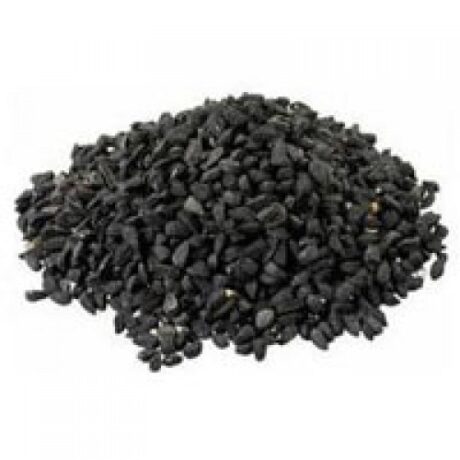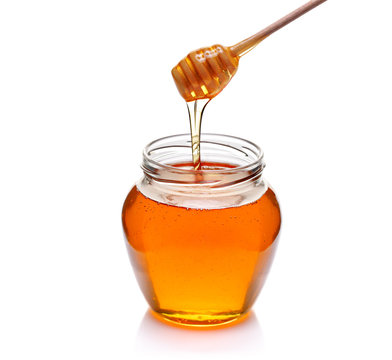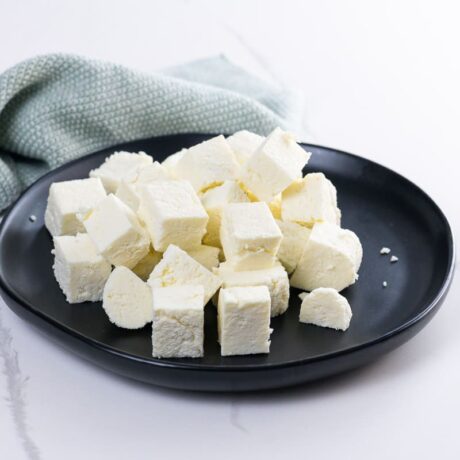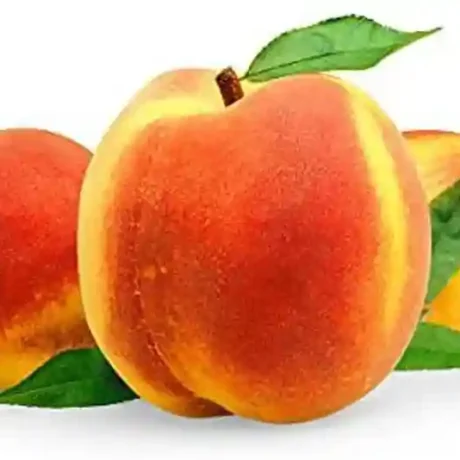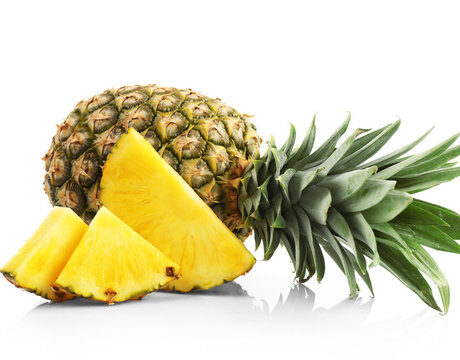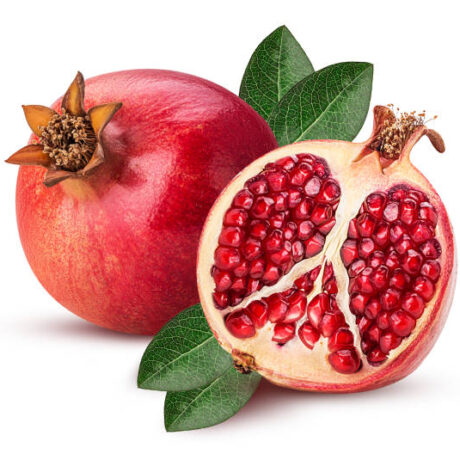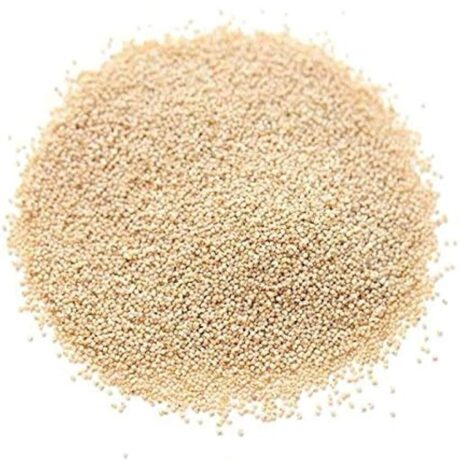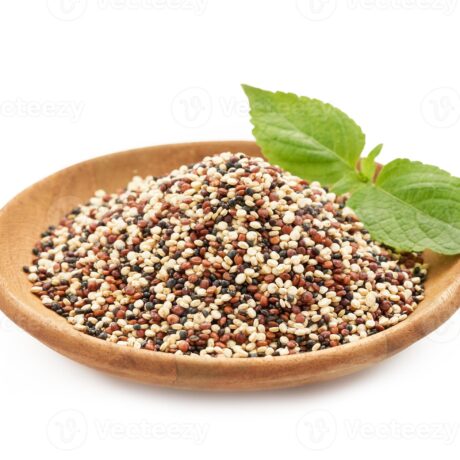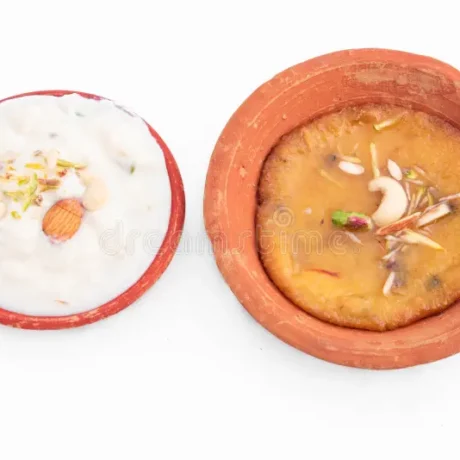Lychee (Litchi chinensis) is a tropical fruit known for its rough, red outer skin and juicy, translucent flesh with a floral-sweet taste. Native to China, lychee is widely cultivated i
Plum (Prunus domestica) is a small, round fruit with smooth skin, juicy flesh, and a sweet-tart flavor. Native to Europe, Asia, and America, plums come in a variety of colors and are enjoyed both fresh and dried (as prunes), offering numerous health benefits.
Key Features of Plums:
✅ Varieties – Black Ruby, Santa Rosa, Damson, Greengage, and more
✅ Rich in Nutrients – Packed with vitamin C, vitamin K, antioxidants, and dietary fiber
✅ Uses – Eaten fresh, dried as prunes, used in jams, juices, desserts, and sauces
✅ Digestive & Heart Health – Aids digestion, improves bone strength, and supports cardiovascular health
n South and Southeast Asia and is cherished for its unique flavor and cooling effect during hot summers.
Key Features of Lychees:
✅ Varieties – Shahi, China, Rose Scented, Bedana, and more
✅ Rich in Nutrients – High in vitamin C, B-complex vitamins, copper, and antioxidants
✅ Uses – Enjoyed fresh, in juices, desserts, syrups, ice creams, and salads
✅ Cooling & Immunity Boosting – Helps hydrate the body, boosts immunity, and promotes skin health

